|
|
|

EXPANDING OUR SEATTLE WATERFRONT POTENTIAL
TALL SHIPS ON SEATTLE WATERFRONT
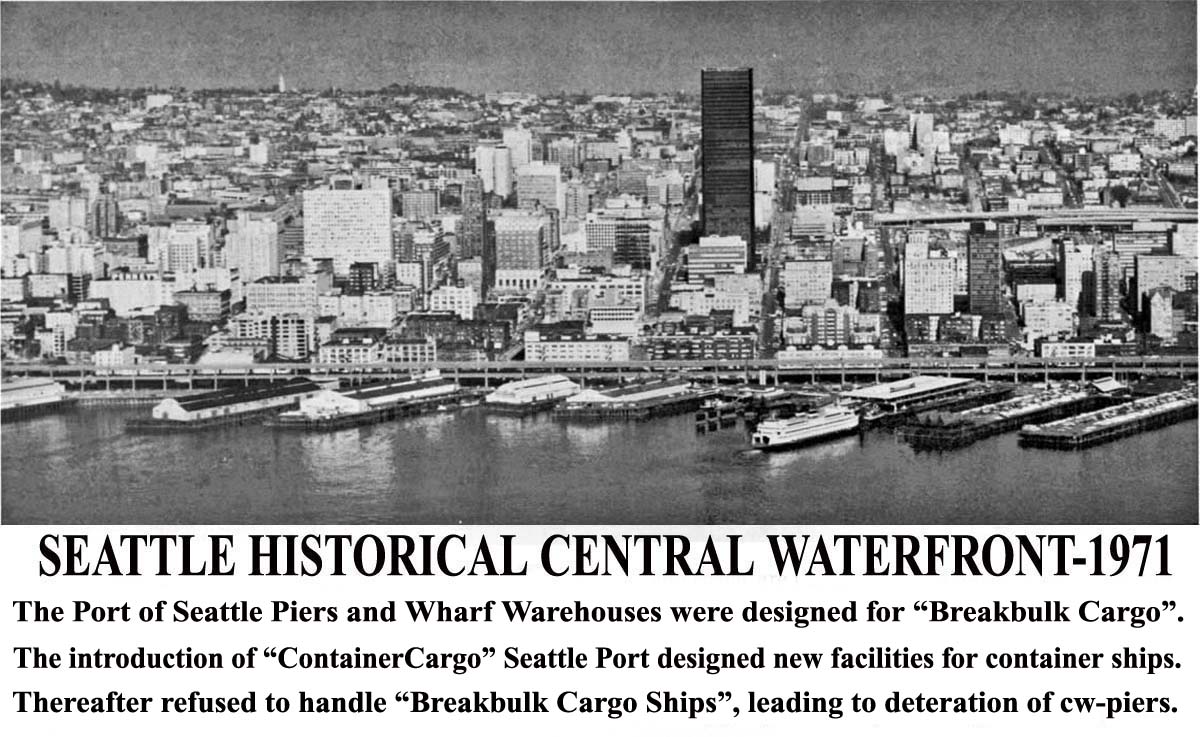
Alaskan Way and Pike Street Hillclimb Alaskan & Seneca
Working piers were built for the handling of "passengers and cargo" onto and off ships. Working piers fall into two different groups:
These piers provided an economical alternative to impounded docks where cargo volumes were low, or where specialist bulk cargo was handled.
The principal advantage is to give a greater available quay length for ships to berth against compared to a linear littoral quayside, and such piers are usually much shorter. Each pier would carry a single "transit shed" the length of the pier, with ships berthing bow or stern in to the shore. Some major ports consisted of large numbers of such piers lining the foreshore, classic examples being the Seattle Central Waterfront. As the container shipping industry technology advanced and greater land mass required for larger container handling adjacent to the berths, has made "working piers" obsolete for the handling of general containerized cargo. Working Piers Still Survive For Handling: Working Piers do supply a need for maritime transportation for the fishing industry, tall ships berthing, cargo carriers serves smaller port of call. Many city ports working piers have been demolished, do to lack of global maritime commerce education, other ports remain derelict waiting for a market niche and some have been renovated to new emerging maritime industries. CENTRAL WATERFRONT MARITIME PIERS MUSEUM IN MOTION 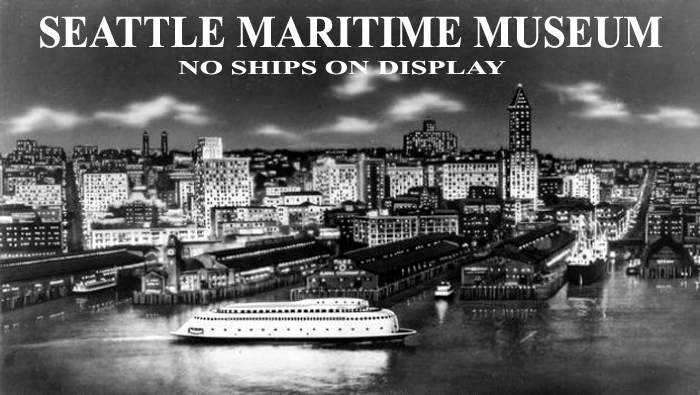
Seattle has no Maritime Museum in Motion, no great experience into maritime history of Seattle's Central Waterfront Piers. Seattle has lost actual experience of riding maritime vessels and its famous Colman Dock Ferry Building in 1960's. A museum in motion is designed to bring the historic maritime industry aline along the central waterfront of Seattle, by serving as an attraction, information and interpretation center on maritime history. 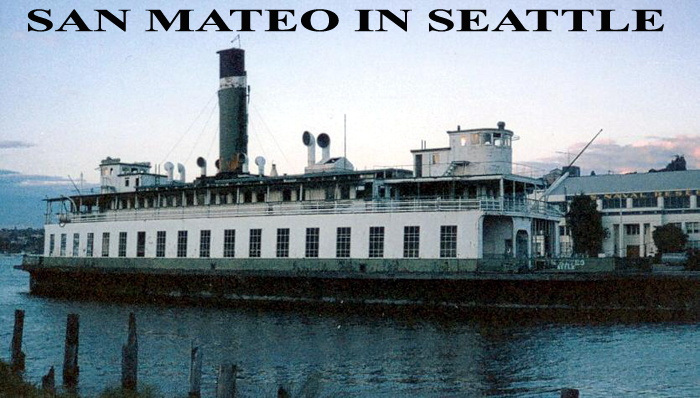
Seattle Central Waterfront is one of the few places in the world with surviving historical working piers within downtown center.Seattle has no working historical vessels where you can get the actual experience of riding vessels in a “natural historical experience” of maritime history. Seattle, does not understand what museums in motion are, nor viewed as a preservation of history, culture, nor maritime art. Northwest Seaport, advertises it's organization as a heritage center, but history show that historical vessels under administrative care are non-sailing derelicts awaiting disposal. 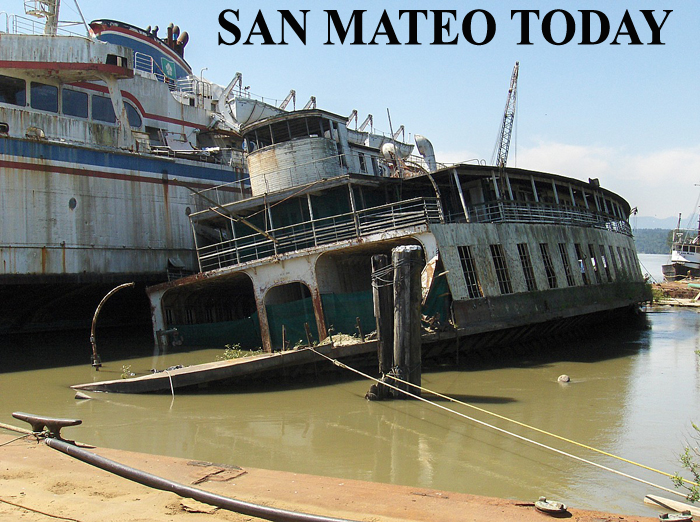
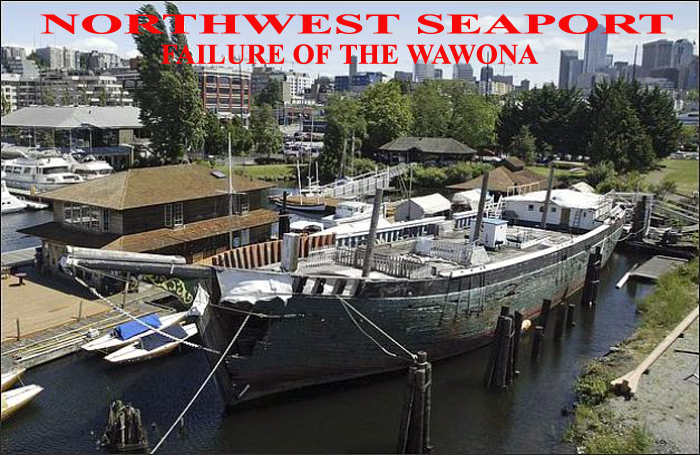
What Seattle Central Waterfront Pier Restoration Project offers is a realistic approach to Maritime Historical Museum in Motion, by creating a "Waterfront Heritage Center" to celebrate Seattle's Maritime History, focusing on exploring the positive impacts of working piers and vessels which made the Port of Seattle a major port of call destination. The proposed redevelopment of Seattle Central Waterfront would features full-restored working vessels and active passenger ship sailing to port destination, where families, tourist of all ages can experience maritime history in motion. Some Working Piers would provide unique historical artifacts, illustrative and informative displays, rarely seen archival photography, and audio-visual exhibits of Seattle's Maritime History making the Seattle Waterfront a memorable experience to last a life time. 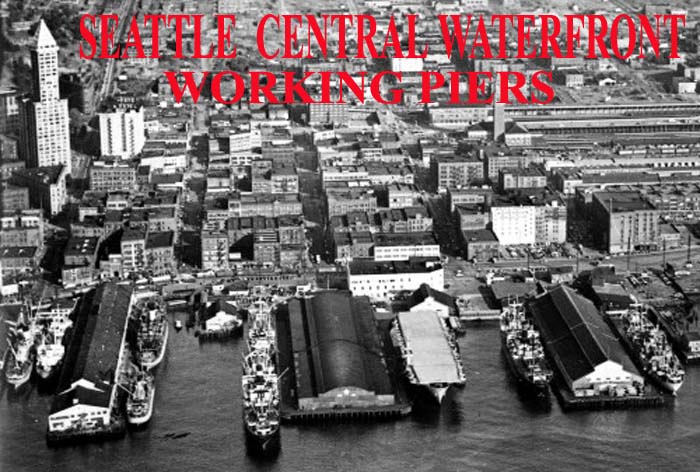
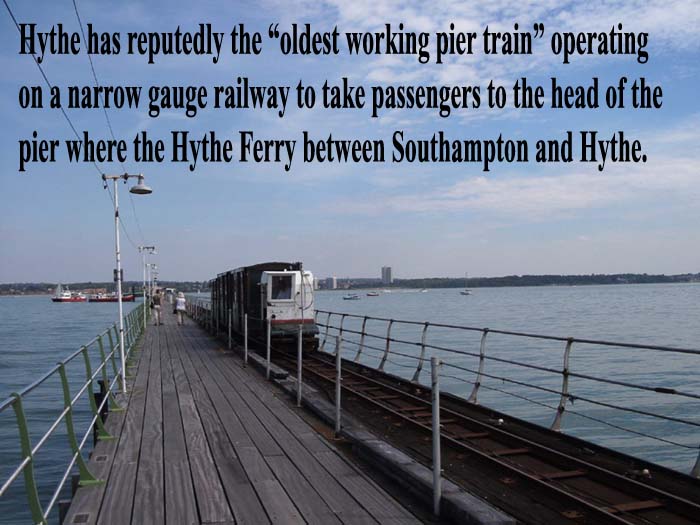
The Redevelopment of Seattle's Central Waterfront Piers offers the opportunity to views stunning harbor vistas, explore historic vessels and pier sights, along with diverse neighborhoods around the central waterfront and attractions from "Puget Sound Ferry Destinations", to "Alaska Carferry Adventure of Pacific Northwest Coastal Waters". While taking in The Central Waterfront Historic Piers and visiting the surrounding districts of Pioneer Square, Bell Town, Seattle Center, Westlake Center and many observation towers towers. Seattle Central Waterfront historical Piers in motion are the real deal, not replicas or imitations of make believe history, but the real experience operating historical vessels, as part of Seattle's historical transportation system. If you already know the differences between a derelict vessel and imitation history, visit directly to view Seattle’s Historical Central Waterfront upon its restoration. 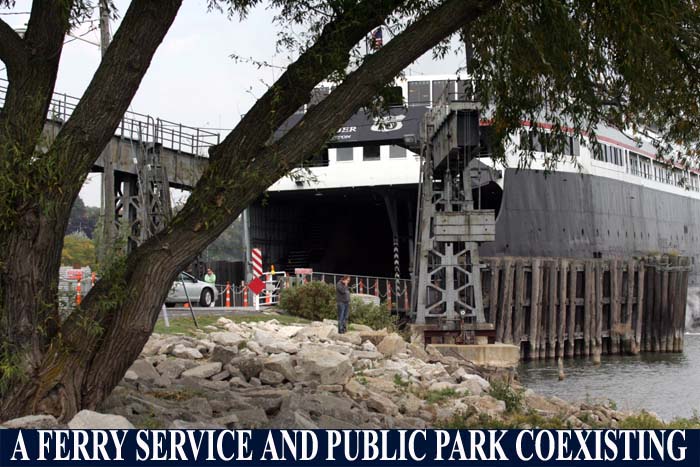
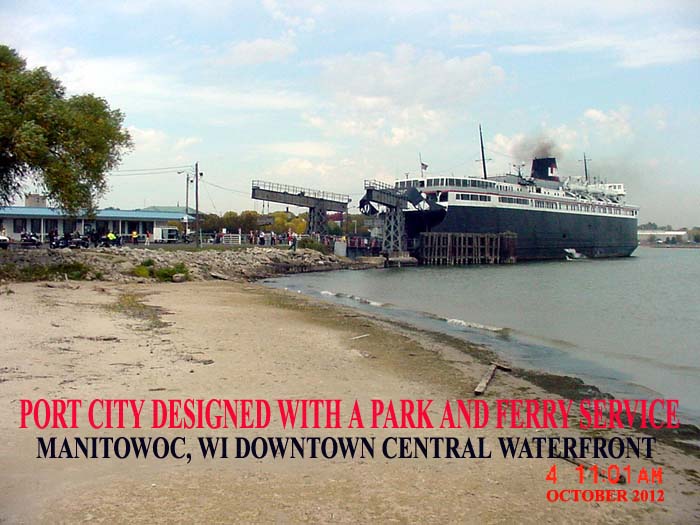
|